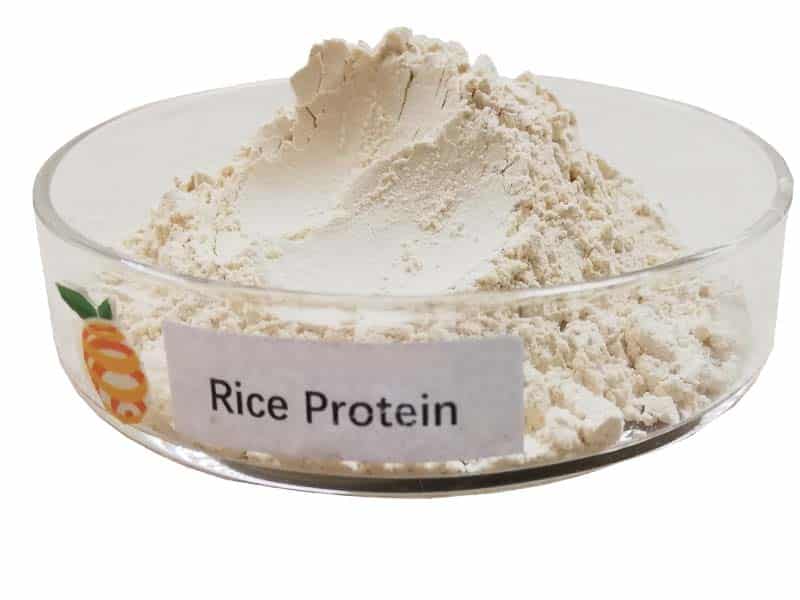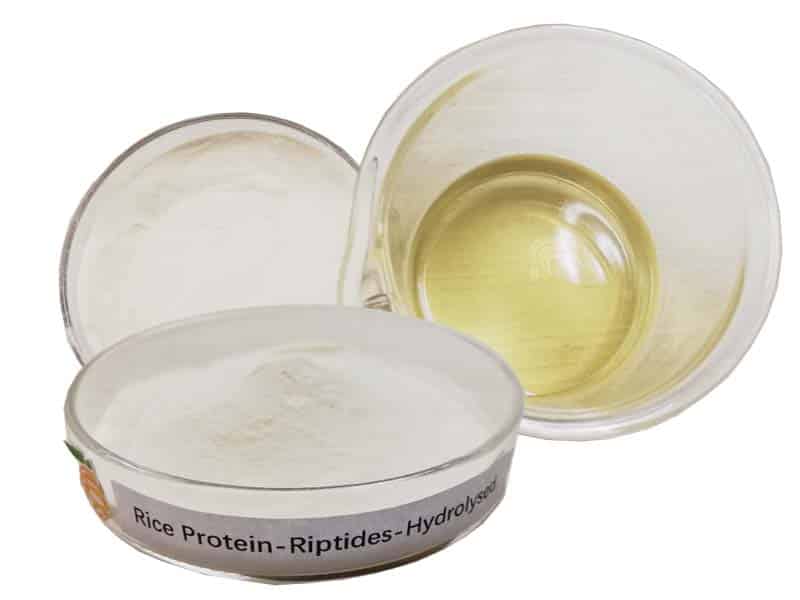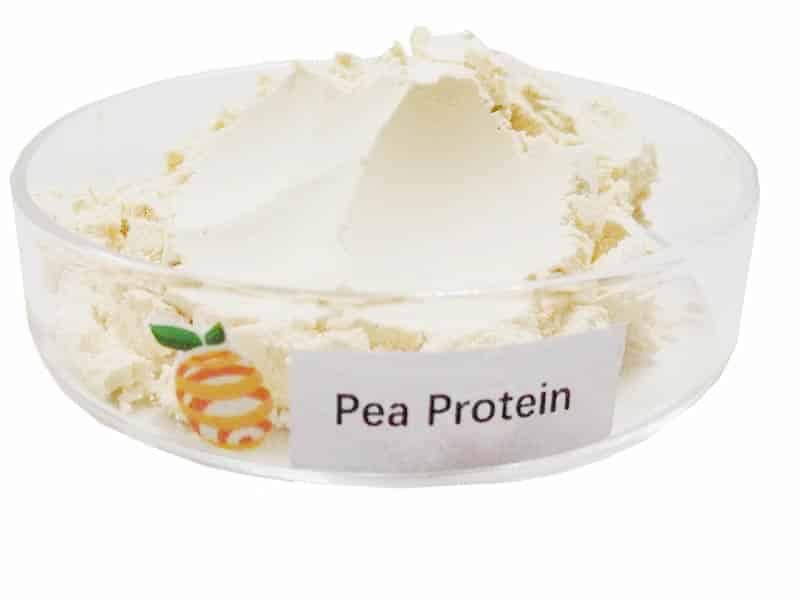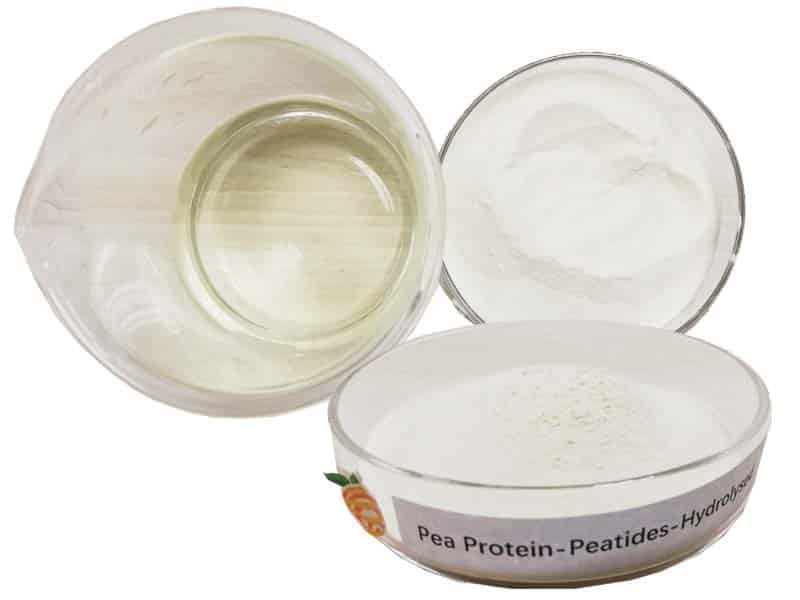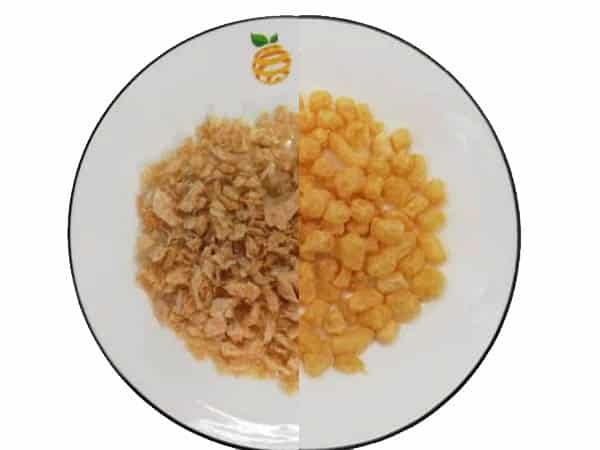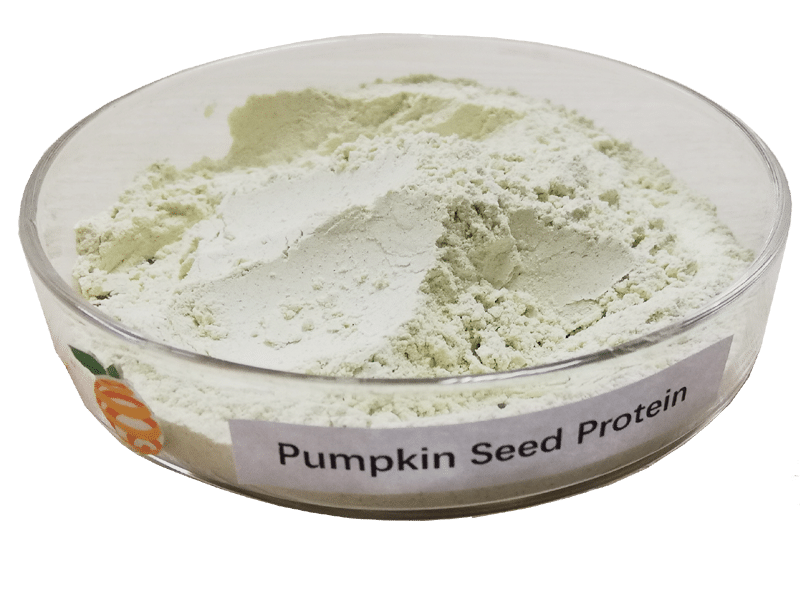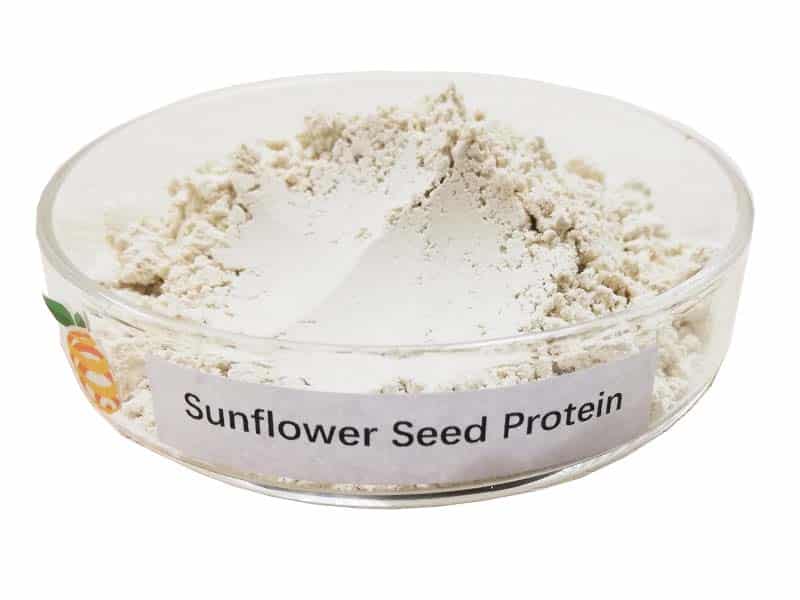NADH Ubiquinone Oxidoreductase: Key Enzyme Explained
-
Table of Contents
- NADH Ubiquinone Oxidoreductase: Key Enzyme Explained
- Understanding NADH Ubiquinone Oxidoreductase
- Function and Mechanism
- Structural Components
- Role in Health and Disease
- Implications in Metabolic Disorders
- Connection to Neurodegenerative Diseases
- Therapeutic Potential and Research Directions
- Potential Therapeutic Approaches
- Future Research Avenues
- Conclusion
- Explore ETprotein’s High-Quality Protein Products
NADH Ubiquinone Oxidoreductase: Key Enzyme Explained
NADH ubiquinone oxidoreductase, also known as Complex I, is a crucial enzyme in the mitochondrial respiratory chain. This enzyme plays a pivotal role in cellular energy production, specifically in the process of oxidative phosphorylation. Understanding its function, structure, and implications in health and disease offers valuable insights into cellular metabolism and potential therapeutic targets.
Understanding NADH Ubiquinone Oxidoreductase
NADH ubiquinone oxidoreductase is the largest and most complex enzyme of the five complexes involved in the mitochondrial electron transport chain. It is responsible for the first step in the process of electron transport, which is essential for the production of ATP, the energy currency of the cell.
Function and Mechanism
The primary function of NADH ubiquinone oxidoreductase is to catalyze the transfer of electrons from NADH to ubiquinone (coenzyme Q10). This process involves several steps:
- Binding of NADH and subsequent donation of two electrons.
- Transfer of electrons through a series of iron-sulfur clusters within the enzyme.
- Reduction of ubiquinone to ubiquinol, which then carries the electrons to Complex III.
This electron transfer is coupled with the translocation of protons across the mitochondrial inner membrane, creating a proton gradient that drives ATP synthesis.
Structural Components
NADH ubiquinone oxidoreductase is composed of multiple subunits, with human Complex I containing 45 different subunits. The structure can be divided into two major arms:
- The hydrophobic arm embedded in the mitochondrial membrane, involved in proton translocation.
- The hydrophilic arm extending into the mitochondrial matrix, where NADH binding and electron transfer occur.
Role in Health and Disease
The proper functioning of NADH ubiquinone oxidoreductase is critical for energy production in cells. Dysfunctions or mutations in this enzyme can lead to a variety of diseases, highlighting its importance in human health.
Implications in Metabolic Disorders
Deficiencies in Complex I activity have been linked to numerous metabolic disorders, including mitochondrial diseases such as Leigh syndrome and MELAS (Mitochondrial Encephalomyopathy, Lactic Acidosis, and Stroke-like episodes). These conditions are characterized by poor growth, muscle weakness, neurological impairments, and organ failure.
Connection to Neurodegenerative Diseases
Research has also suggested a link between malfunctions in NADH ubiquinone oxidoreductase and neurodegenerative diseases such as Parkinson’s and Alzheimer’s. The enzyme’s role in generating reactive oxygen species (ROS) when dysfunctional is thought to contribute to the pathogenesis of these conditions.
Therapeutic Potential and Research Directions
Given its central role in cellular metabolism and disease, NADH ubiquinone oxidoreductase is a significant target for therapeutic intervention. Researchers are exploring various strategies to enhance or modulate its activity.
Potential Therapeutic Approaches
- Use of antioxidants to mitigate ROS production from dysfunctional Complex I.
- Development of small molecule enhancers to boost enzyme activity in genetic disorders.
- Gene therapy techniques to correct mutations affecting Complex I subunits.
Future Research Avenues
Future research is likely to focus on detailed structural and functional analyses of NADH ubiquinone oxidoreductase, aiming to uncover more precise mechanisms of action and interaction within the mitochondrial respiratory chain. Such insights could pave the way for novel therapeutic strategies and more effective treatments for related diseases.
Conclusion
NADH ubiquinone oxidoreductase is a cornerstone enzyme in mitochondrial energy metabolism, with its dysfunction linked to a spectrum of metabolic and neurodegenerative diseases. Understanding its structure, function, and the pathophysiological consequences of its malfunction is crucial for developing targeted therapies. Continued research into this enzyme not only helps elucidate the complex mechanisms of cellular energy production but also holds promise for significant advancements in medical treatments.
Explore ETprotein’s High-Quality Protein Products
For those interested in nutritional science and cellular biology, ETprotein offers a range of high-quality protein products that support health and wellness. Their extensive lineup includes organic and clear proteins derived from various plant sources, ensuring top-tier quality and purity. Consider incorporating ETprotein products into your research or nutritional regimen to experience the benefits of premium proteins.
ETprotein is NADH Factory Manufacturer and Supplier in China, Check further information by visiting the NADH Product Page
Request Quotation and Samples of NADH from ETprotein
About ETprotein
ETprotein, a reputable protein and elite nutrition ingredients NADH Chinese factory manufacturer and supplier, is renowned for producing, stocking, exporting, and delivering the highest quality organic bulk vegan proteins and elite nutritional ingredients NADH. They include Organic rice protein, clear rice protein, pea protein, clear pea protein, watermelon seed protein, pumpkin seed protein, sunflower seed protein, mung bean protein, peanut protein. Their offerings, characterized by a neutral taste, non-GMO, allergen-free attributes, cater to a diverse range of industries. They serve nutraceutical, pharmaceutical, cosmeceutical, veterinary, as well as food and beverage finished product distributors, traders, and manufacturers across Europe, USA, Canada, Australia, Thailand, Japan, Korea, Brazil, and Chile, among others.
ETprotein specialization includes exporting and delivering tailor-made protein powder and finished nutritional supplements. Their extensive product range covers sectors like Food and Beverage, Sports Nutrition, Weight Management, Dietary Supplements, Health and Wellness Products, and Infant Formula, ensuring comprehensive solutions to meet all your protein needs.
As a trusted company by leading global food and beverage brands and Fortune 500 companies, ETprotein reinforces China’s reputation in the global arena. For more information or to sample their products, please contact them and email sales(at)ETprotein.com today.

